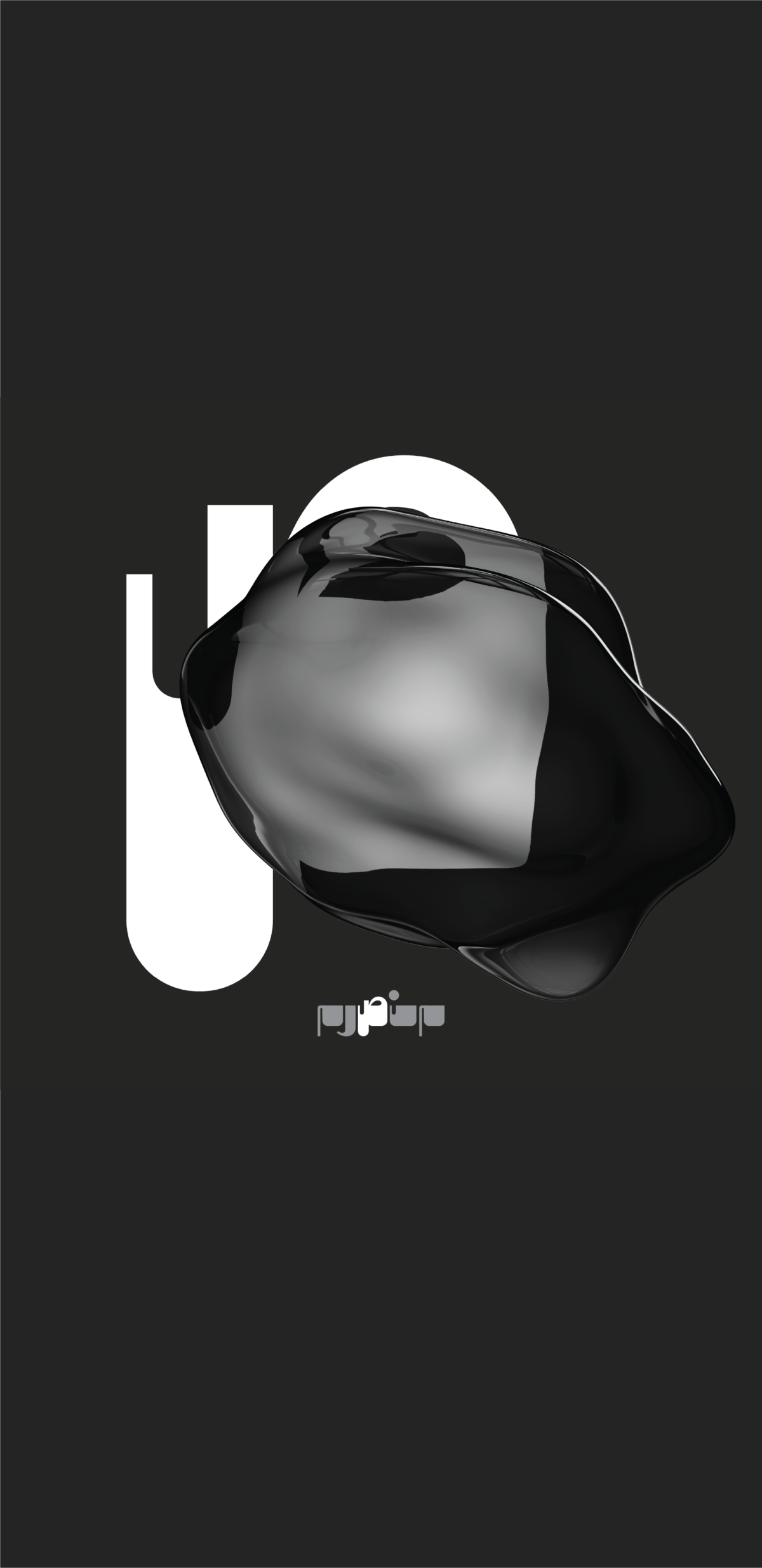The visual language of death has stagnated, and creatives have a vital role to play in how future generations face its complex subjects. Here, we chat to a design research practice dedicated to death, and delve into some of the topics covered at their recent conference, from symbols of death and branding the end of life, to ‘traumacore’.

While most people find the subject of death difficult to address, some people have spent years, or even their whole careers, staring it right in the face. Take Nikki Salkeld and Ashley Rudolph, the duo behind Moth – a design-focused research project that challenges attitudes, conventions and contexts surrounding death and dying. Now in motion for 13 years, the project has seen the pair collaborate with those you might not traditionally expect designers to work with, like palliative care doctors and cultural historians, and swapped design events for conferences all about mortality – often being the only designers in the room.
What makes Moth stand out – other than its subject matter – is the fact that the vast majority of the research is conducted with students; both Nikki and Ashley are senior design lecturers at Falmouth University. In fact, one of Moth’s earliest and longest running projects Symbols of Death arose after a conversation with one of their students. The student from Norway had opened up to Ashley and Nikki about expression of grief after the Utøya massacre and felt there was an acute lack of accurate and sensitive symbolism to encapsulate or respond to the event online. Symbols like the thumbs-up to like an image, and the heart symbol, felt wrong, and empathetically insufficient.


